What Heat Range Spark Plug Should I Use?
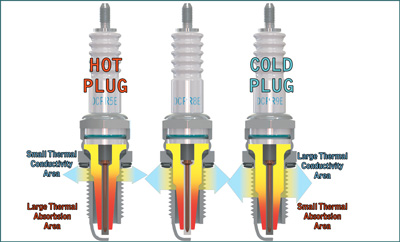
While setting spark plugs in your vehicle, just determining the quality and size is not enough. To keep its efficiency throughout, you need to consider the heat range of them as well, depending on your vehicle’s engine modification.
Or else, too hot (a low degree of heat dispersal) or too cold (a high degree of heat dispersal) range than your engine’s requirement can deteriorate the spark plugs’ functioning.

People often get confused while choosing the right heat range; hence, we have brought a brief article about this.
Some Common Discussion About Heat Range of Spark Plug
Spark plug too cold symptoms
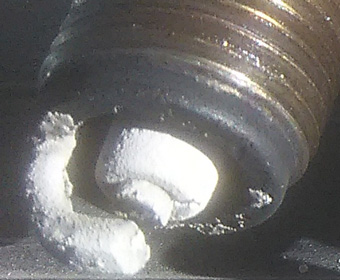
If your spark plugs’ heat range is too cold, you might face engine fouling and misfiring symptoms. The engine will start too slow with cold spark plugs. Carbon deposits will build up more as the plugs miss self-cleaning when the temperature is too cold around.
Therefore, the heat range tip temperature should be at least 500-degrees Celcius to avoid too cold plugs.
Too hot spark plug symptoms
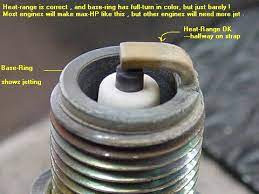
On the other hand, if your spark plug’s heat range is too hot, which is more than 850 degrees C, then the engine can suffer from detonation, power loss, or pre-ignition.
Moreover, the spark plugs will overheat with too hot a heat range, create white blisters on the insulator tip, melt the electrodes, and do not!
What is the correct spark plug heat range?
The heat range for most spark plugs falls between 500°C and 950°C. For example, a spark plug designed for a high-performance engine typically has a higher heat range than a spark plug designed for a milder engine.
Why is the correct spark plug heat range important?
Choosing the right spark plug heat range is important for ensuring the peak performance and longevity of your spark plug and engine.
A plug that has a heat range that is too cold will not heat the combustion chamber quickly enough to ignite the fuel. This can result in misfiring, raw fuel going into the exhaust, and excessive deposits in the combustion chamber.
On the other hand, a plug that has a heat range that is too hot will cause an overly rich air/fuel mixture. This can lead to excessive fouling, leading to power loss, poor performance, and potentially catastrophic damage to the spark plug and engine.
What does heat range mean on spark plugs?
The heat range of a spark plug indicates its thermal properties and how quickly it transfers heat from the spark plug’s tip, into the engine’s head and combustion chamber. A plug with a higher heat range transmits heat faster and has a lower temperature than one with a lower heat range.
How to choose spark plug heat range
When it comes to choosing the right spark plug heat range, there a few key factors you’ll want to keep in mind:
- Your engine’s compression ratios
- The type of fuel you use
- How your engine is tuned
- The tolerance of your ignition system
- The operating temperature range
Each element plays a role in which spark plug heat range is best for your engine. That said, once you have a better handle on your engine’s operational nuances, you should be able to make a more informed decision.
Should I run a colder or hotter spark plug?
There are two types of spark plugs, a hotter plug, and a colder plug. If you’re looking for better vehicle performance, you’ll want to go with the hotter plug. If you’re trying to get better fuel economy, the colder plug might be the better route.
Hotter spark plugs can improve power output, especially when tuning the engine for higher performance.
Is a higher heat range spark plug better?
No, a higher heat range spark plug is not necessarily better. If a spark plug’s heat range is too high, it can cause several performance problems. One of the most common issues is pre-ignition, or ignition of the fuel-air mixture in the combustion chamber before the spark fires. Pre-ignition can cause the spark plug to overheat and melt from the intense heat.
Why is colder spark plugs better?
The colder spark plug has several benefits. First, it will reduce combustion chamber detonation. This helps the engine to run smoother, quieter, and with improved performance.
Another benefit of the colder spark plug is improved fuel economy. The colder spark plugs make the combustion process more efficient, reducing the fuel required to reach the same power output.
Finally, colder spark plugs will help reduce wear and tear on your engine. A spark plug that is too hot can cause spark plug fouling and reduce the life of your spark plugs. The colder spark plug will help reduce this wear-and-tear, resulting in better engine reliability and performance.
What happens if you run a colder spark plug?
If you run a colder spark plug, it will not be able to create the same efficient spark that is required for the engine. A colder plug will reduce engine performance and can cause misfiring. Overall, you might experience reduced power, torque and a decrease in fuel economy. The cold spark plug won’t be able to ignite the air-fuel mixture efficiently, resulting in incomplete combustion cycles, engine misfiring, and irregular idling.
How do I know my NGK heat range?
When selecting the right heat range for your car, it’s important to consider a few factors. The make and model of your engine, the fuel it uses, the size and shape of the combustion chamber, and the amount of time the spark plug has already been in use should all be considered.
Before purchasing spark plugs, double-check your engine specs to ensure you’re getting the right heat range. If the heat range is too hot, the spark plug could overheat, leading to failure. And if it’s too cold, there’s a risk of incomplete combustion and increased fuel consumption.
Spark plug temperature and vehicle speed
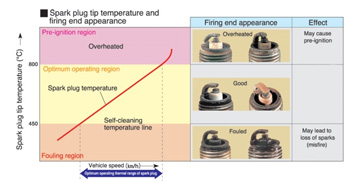
A spark plug only functions completely and fully when its center electrode temperature is between 500°C and 850°C. Too heat makes your engine experience detonation, pre-ignition, or power loss.
Spark plug heat range 6 vs 7
The law : colder the higher the number, hotter the lower the number.
BKR6E-11 (heat range 6), a colder plug would # BKR7E-11 (heat range 7) source:ngk
Spark plug heat range chart
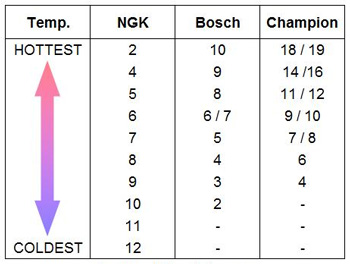
Heat ranges differ from brand to brand. Whatever the brand of spark plug you choose, make sure you consult with your sales representative to know about your required heat range keeping in mind your vehicle’s basic info and any additional modifications you have inputted.
Chevy 350 spark plug heat range
The best spark plug considered for Chevy 350 is NGK, ACDelco platinum, copper or iridium, and Bosch double iridium. So, from this, you can guess that chevy 350’s preferred spark plug heat range is between 500-800 degrees C. Check spark plug wires for chevy 350 with headers.
NGK spark plug chart
Here’s a chart of NGK spark plugs, from which you can see the heat range in the middle. As the range increases, the plugs get hotter. The chart also contains all the full forms of the indicators, shell size, and GAP to help you figure them out easily.
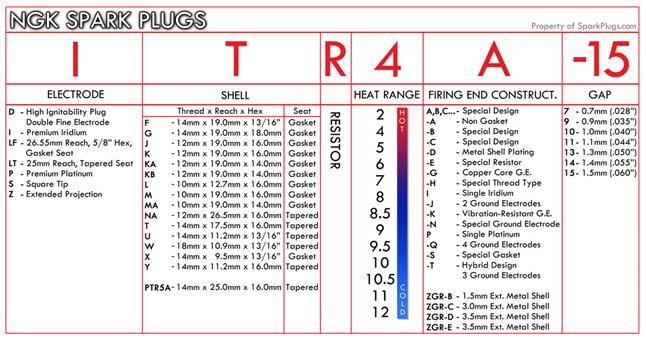
Source: NGK Spark Plug Numbering System By NGK
AC spark plug heat range chart
ACDelco makes all the premium-quality spark plugs that serve your engine to the next level. Each of them is made from materials like iridium, platinum, or chrome-allow, as shown in the chart. So, they have different heat ranges. You can know more about ACDelco’s spark plugs from here. ACDELCO Spark Plug Heat Range Chart by ACDELCO.
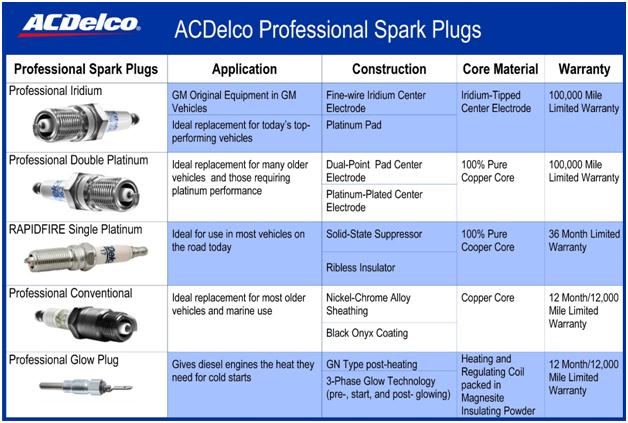
Source: Wrench Monkey Webpage
RELATED SPARK PLUGS ARTICLE(S)-
- How to tell if a spark plug is bad by looking at it
- What causes bad spark plugs
- Bad spark plug sound
- Symptoms of bad spark plug wires
- What happens when spark plugs go bad?
- Bad spark plug symptoms motorcycle
- Best Spark Plugs for 5.3 Vortec
- What does a bad spark plug look like
FAQ
#1. What happens if you use a hotter spark plug?
Hotter spark plugs cause overheating and cause the electrodes to melt. Also, it can lead to the pre-ignition of your engine and make it damage permanently. Lastly, they leave white blisters on the insulator tip causing inefficiency.
An average spark plug should have a maximum temperature of 600-800 degrees C depending on the engine type.
#2. Is the hot or cold spark plugs better?
Both types are suitable for two different reasons. For high RPM engines that produce high operating temperatures, cold spark plugs are better. Whereas, for low RPM engines with a low operating temp, hot plugs prove to serve better. As a result, the temperature balances out with the engine’s temperature for self-cleaning and preventing overheating.
#3. What is the heat range of NGK Spark Plugs?
The heat range for NGK Spark Plugs is 500 degrees C to 800 degrees C. Do select the heat range with great care for optimal thermal performance, or else your vehicle will face serious problems.
#4. What controls the spark plug heat range?
The insulator nose’s length controls the spark plug range, as it transfers the heat to the spark plugs’ metal shells. Then it is transferred to the cylinder head and eventually to the coolant passage, and the radiator cools it down.
It means the longer the nose, the hotter the spark plugs will be, and tips will remain hot for long, and vice-versa.
#5. Does spark plug heat range affect performance?
Of course, it does. Choosing the right heat range offers the right thermal energy to perform at its optimum level. Too cold spark plugs prevent the spark plugs’ self-cleaning, allowing carbon buildup. Whereas, too cold spark plugs damage the engine and its power by pre-igniting.
#6. Do Iridium plugs burn hotter?
Iridium spark plugs are very long-lasting that do not need frequent replacement and improve your engine’s performance more than any other ones. They have less heat-conducting capacity than copper, so they don’t burn hotter. Also, another reason they are long-lasting is that they don’t overheat frequently.
Source: Denso Webpage

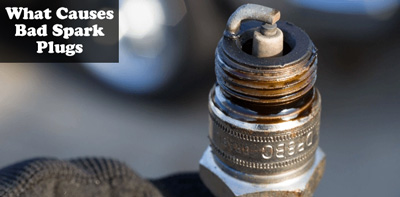
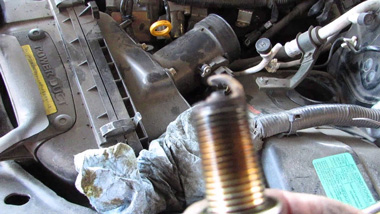
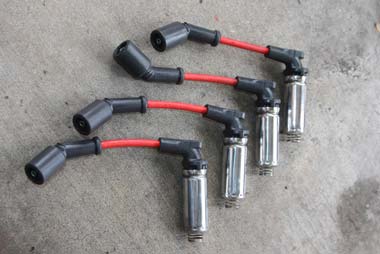
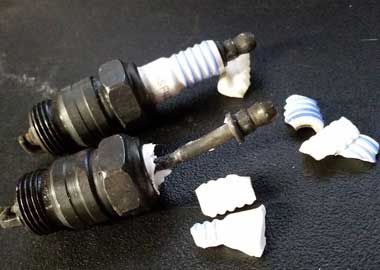
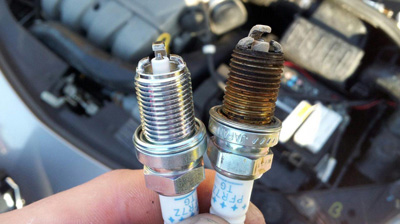
![Can Bad Spark Plugs Cause Knock Sensor Code? [Answered]](https://torqueadvisor.com/wp-content/uploads/2021/06/Can-Bad-Spark-Plugs-Cause-Knock-Sensor-Code.jpg)